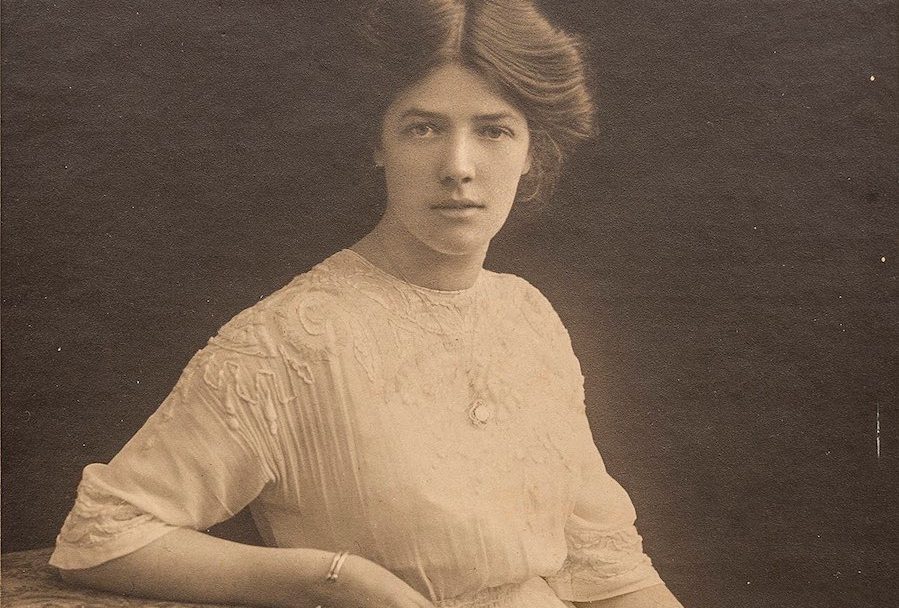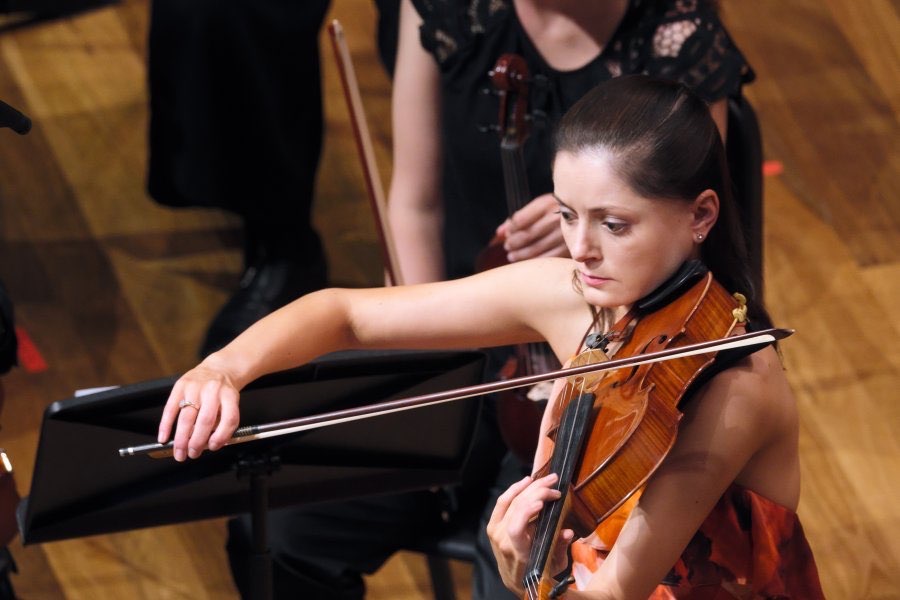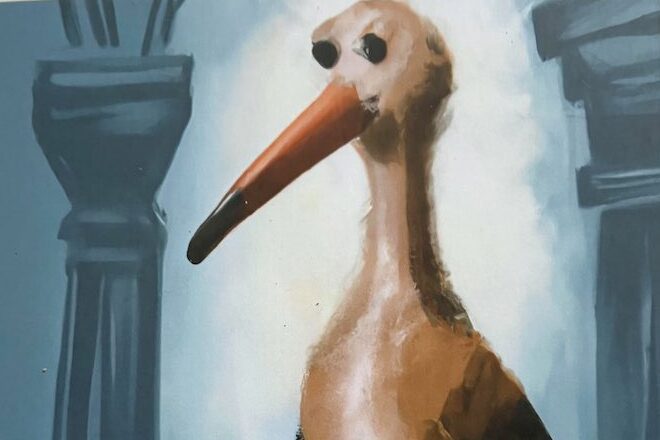
IN the 1920s, Ruth Lane-Poole was one of Canberra’s leading “influencers”, when the elegant housewife-turned-designer was engaged to furnish the official residences, The Lodge and Government House at Yarralumla in time for the opening of Parliament House in 1927.
Now heritage museum expert, Margaret Betteridge, consultant and curator of the civic collection at Sydney Town Hall and once adviser on fine arts and gifts for the Department of Prime Minister and Cabinet, has curated an exhibition about this partly-forgotten figure in “Ruth Lane-Poole: A Women of Influence,” a collaboration between the Canberra Museum and Gallery and The Australiana Fund.
It includes furniture from the official residences, loans from Lane-Poole’s descendants and Canberra’s national cultural institutions.
But uniquely, it focuses on Lane-Poole’s drive to use Australian timbers for furniture and her connection to the family of Nobel laureate WB Yeats, who gave her away at her wedding.
As an adviser to the Hawke government, Betteridge first learnt about Ruth Lane-Poole after former first lady Hazel Hawke came into The Lodge and started taking an interest in the whereabouts of its piano, which eventually turned up at the School of Music.
On starting her journey through the library and archives, Betteridge learnt about Lane-Poole’s connection to the Yeats family in Ireland and its role in giving her the skills needed to become the first woman to be appointed to a male-dominated Federal Capital Commission.
“I managed to make contact with her descendants and among their things was material about the Yeats family… that helped me understand that her design aesthetic did not come from a professional training, but from the environment in which she had lived,” Betteridge says.
Born Ruth Pollexfen in Ireland, but dislocated from her family after her parents divorced, she moved at the age of 15 into the Yeats’ house and was drawn into the circle of people involved in the revival of the Irish Celtic movement.
Yeats’ sisters Susan (Lily) and Elizabeth (Lolly) were her cousins and they gave the young Ruth a grounding in the arts. She was apprenticed to Lily as an embroiderer for a time.
In 1911 she married Charles Lane-Poole, who after studying engineering in Dublin, had lost his left hand in a shooting accident, so studied at the French National Forestry School, then worked in South Africa, Sierra Leone, Western Australia and Papua.
His appointment in 1925 as the Commonwealth’s first inspector-general of forests allowed Charles and Ruth to be together with their children and they settled in Melbourne, where they were immediately accepted by Melbourne society and where Ruth met like-minded artists at the forefront of the Arts and Craft Movement.
Rubbing shoulders with high-society figures such as Ethel, wife of Prime Minister Stanley Bruce and Lady Stonehaven, wife of the Governor-General, Ruth was on hand when the Federal Capital Commission went looking for a stylist.
Eventually moving to Canberra, they settled in Westridge House in Yarralumla.
Ruth insisted that all of the furniture she commissioned be made of Australian native timbers, a revolutionary idea at the time. In articles for the “Home Beautiful” magazine, she argued that there was nothing wrong with being adventurous and tried to encourage readers away from the Victorian furniture look.
Ruth, as CMAG’s Rowan Henderson says, “was more or less handed a blank slate” and proceeded to make The Lodge and the much larger Government House into something between a suburban home and an official residence, with the domestic interiors not particularly grand.
In this she was at one with Marion Mahony Griffin and even though Betteridge is pretty sure they never met, both had a democratic sense of what Canberra was all about and the need to abandon traditional planning hierarchies.
Ruth was still extremely well-connected to the Irish ascendancy and used her connections to help her with ordering fine Irish table linen and through cousin Lily Yeats, William Morris and Liberty of London fabrics.
Their shared love of Australian timber first surfaced when Charles went to the First British Empire Forestry Conference in 1920 with a sample of Australian timber, but it was not taken up.
Ruth, by contrast, was a natural promoter and argued publicly that our timbers had just as many good qualities as mahogany and oak. Betteridge praises her use of her favourite timber, Queensland Maple, which allowed the honey colours and she thought Jarrah was perfect for flooring.
So why was she, as Henderson puts it, “a bit hidden in history”?
She was at the centre of the Canberra social scene and a charity worker for the Red Cross with a strong social conscience, but while in Canberra she mostly devoted her life to her husband and her three daughters. Betteridge met her grandchildren and says: “They obviously had a fantastic relationship with Ruth, which is reflected in the photos in the exhibition.”
While early in her career she had taken on commissions including one from Myer, eventually she made the decision not to work again and lived out her later years with Charles quietly in Manly, NSW, where she died in 1974.
“Ruth Lane-Poole: A Women of Influence” Canberra Museum and Gallery, until October 2.
Who can be trusted?
In a world of spin and confusion, there’s never been a more important time to support independent journalism in Canberra.
If you trust our work online and want to enforce the power of independent voices, I invite you to make a small contribution.
Every dollar of support is invested back into our journalism to help keep citynews.com.au strong and free.
Thank you,
Ian Meikle, editor








Leave a Reply